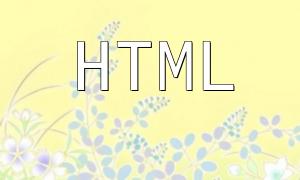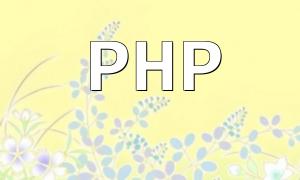PHP, as a popular server-side scripting language, combined with LDAP (Lightweight Directory Access Protocol), effectively supports user authentication and directory service management. Using the PHP LDAP extension, developers can conveniently communicate with LDAP servers, simplifying the development process of user management and queries.
The PHP LDAP extension is a module that enables PHP to access and manipulate LDAP servers. It provides a rich set of function interfaces to perform user verification, data queries, and directory operations. With this extension, developers can easily integrate LDAP services to build secure and efficient user management systems.
Before using the PHP LDAP extension, ensure it is installed in your PHP environment. Most Linux distributions and Windows environments support installing the LDAP extension, typically through package managers or editing configuration files:
<span class="fun"># Install LDAP extension on Ubuntusudo apt-get install php-ldap# On Windows, edit php.ini and uncomment extension=php_ldap.dll</span>
After installation, you can use the extension's functions to connect to the LDAP server, authenticate users, and query the directory. Here are some common examples.
<span class="fun">// Connect to LDAP server$ldapconn = ldap_connect("ldap://your-ldap-server.com") or die("Could not connect to LDAP server.");ldap_set_option($ldapconn, LDAP_OPT_PROTOCOL_VERSION, 3);</span>User authentication is a key feature of the LDAP extension, implemented by binding to the LDAP server:
<span class="fun">// Username and password$username = "user";$password = "password";// Bind to LDAP$bind = ldap_bind($ldapconn, $username, $password);if ($bind) { echo "User authentication successful!";} else { echo "User authentication failed.";}</span>Directory querying allows retrieval of user or other directory information. The following example demonstrates how to do this:
<span class="fun">$dn = "ou=users,dc=example,dc=com";$filter = "(uid=user)";$attributes = array("cn", "mail");$result = ldap_search($ldapconn, $dn, $filter, $attributes);$entries = ldap_get_entries($ldapconn, $result);foreach ($entries as $entry) { echo "CN: " . $entry["cn"][0] . ""; echo "Email: " . $entry["mail"][0] . "";}</span>The PHP LDAP extension provides developers with convenient interfaces to quickly implement user authentication and directory query functions on LDAP servers. Whether for enterprise applications or personal projects, mastering this extension can significantly enhance the efficiency and security of user management. We hope this guide and examples help you better understand and flexibly use the PHP LDAP extension.









